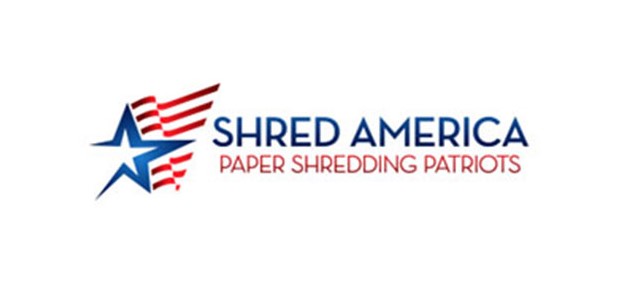The Internal Revenue Service (IRS) recently released its annual inflation adjustments for the 2026 tax year, announcing new income thresholds for all seven federal income tax brackets. The changes, which are generally an increase of about 2.7 percent, are intended to prevent “bracket creep,” where inflation pushes taxpayers into higher brackets even though their purchasing power has not significantly increased.
The new brackets will apply to income earned in the 2026 calendar year, with returns filed in early 2027. This year’s adjustments also include significant increases to the Standard Deduction and other key tax provisions, following amendments made permanent by the “One, Big, Beautiful Bill Act” passed earlier this year.
2026 Marginal Tax Brackets: Higher Thresholds
While the seven marginal tax rates (10%, 12%, 22%, 24%, 32%, 35%, and 37%) remain unchanged, the income ranges for each rate have been expanded. This means taxpayers can earn more money before being taxed at a higher marginal rate.
The top marginal rate of 37% will now apply to single filers with taxable income exceeding $640,600 (up from $626,350 in 2025) and married couples filing jointly with taxable income over $768,700 (up from $751,600 in 2025).
Here is a summary of the 2026 income thresholds for the two most common filing statuses:
The Standard Deduction, the single biggest tax break used by most Americans who don’t itemize, also received a significant bump for 2026. This increase is a combination of the annual inflation adjustment and provisions made permanent under the OBBBA.
Other Key Adjustments
The IRS also announced changes to several other key tax figures, providing an updated financial landscape for 2026:
- Alternative Minimum Tax (AMT): The AMT exemption amount has increased to $90,100 for single filers and $140,200 for married couples filing jointly.
- Estate and Gift Tax Exemption: The basic exclusion amount for the estates of those who die in 2026 will be $15,000,000, a notable increase from the 2025 exclusion amount.
- Qualified Business Income (QBI) Deduction: The income threshold for the deduction’s phase-in/phase-out has been adjusted to $201,775 for single filers.
- 401(k) Catch-up Contributions: Separately, beginning in 2026, high-income earners (those making more than $145,000) will be required to make all “catch-up” contributions to a Roth account (after-tax), eliminating the pre-tax deduction benefit for this group.
Sign up for our Sunday Spectator. Delivered to your inbox every Sunday, with all the news from the week.

















